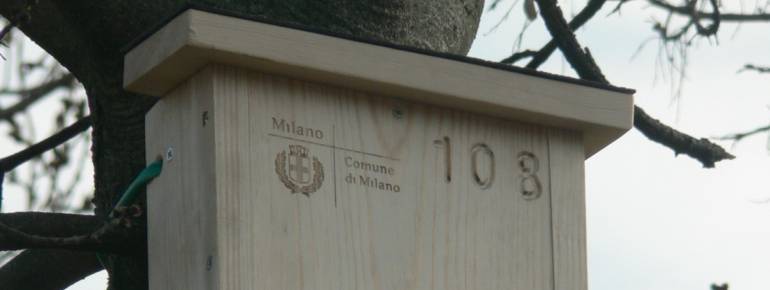Keeping mosquitoes at bay in Milan, with the support of satellite navigation

The city
With a population of approximately 1 307 495, Milan, capital of the Lombardy region, is placed at the hearth of the Po Valley, in a historically marshy area. Given the numerous subterranean rivers, open canals and ground waters in the area, mosquitoes are a persisting problem here during the summer.
The Milan Disinfestations Office coordinates pest control, with the support of specialised research centres.
The challenge
To protect citizens against the bothers caused by mosquitoes, the Disinfestations Office carries out regular awareness raising campaigns. The Office targets grubs and adult insects by spreading chemical products. For instance, a biological pesticide (Bacillus thuringiensis subsp. Israelensis) is spread with helicopters on flooded paddy fields. Though these chemicals do not pose a threat for humans and the environment, spreading them is costly in terms of money, time and human resources. As part of a biointegrated pest control strategy, the Municipality has recently decided to introduce a complementary, fully ecological solution: “bat boxes” aimed to attract the chiropterans, which feed on mosquitoes.
The satellite solution
Helicopter flights that spread pesticides to relevant areas are planned and monitored using satellite navigation. Furthermore, the 400 bat shelters have been installed in city parks are geolocalised, making it easier for the Disinfestation Office to keep an accurate record of the shelters, and to better re-evaluate their location in public parks and gardens.
The application is the result of a lengthy research coordinated by the Disinfestations Office in collaboration with the Milan Agency for Environmental Services (Azienda Milanese Servizi Ambientali). The satnav system is managed by the Milan’s Volunteer Ecological Troops (Guardie Ecologiche Volontarie), who are actively engaged in environmental protection on the territory.
The result
By the end of 2012, 1 200 bats will find refuge in as many bat boxes. The bat boxes serve the twofold objective of fostering the reproduction of bats, and to rely on the predatory instinct the mammals to reduce the number of mosquitoes. Since bats can eat between 2 000 and 4 000 insects per night, citizens will benefit from the reduction of the number of mosquitoes, and a reduction in the chemicals used to fight these. Although apparently marginal, the satnav component of the application is important to a smooth running of the initiative.
“The use of the bat bowes in fighting mosquitoes shows how it is possible to combine innovation and respect for the environment.” Pierfrancesco Maran, Councillor for Mobility, Environment, Urban Architecture and Parks of the City of Milan

